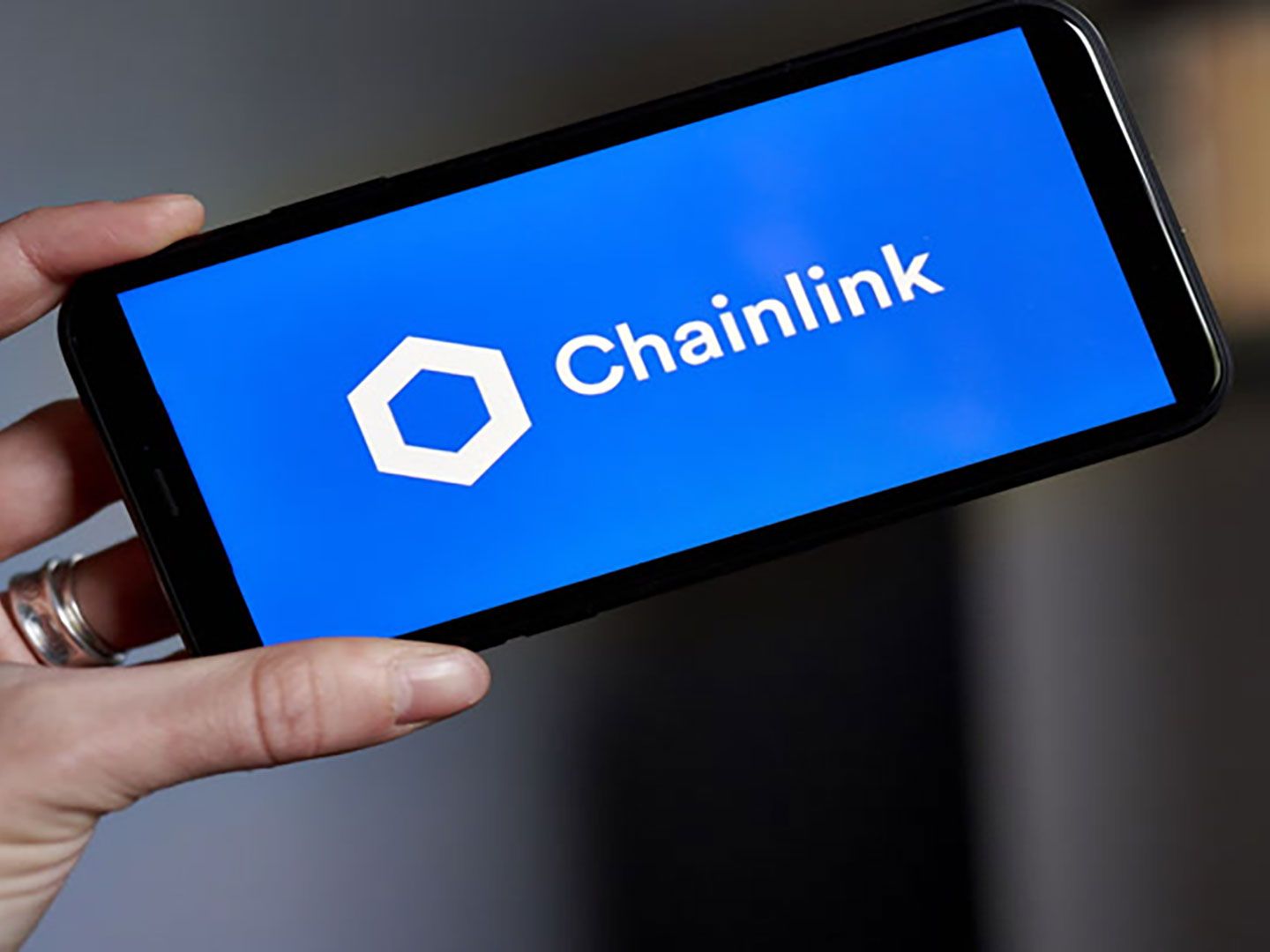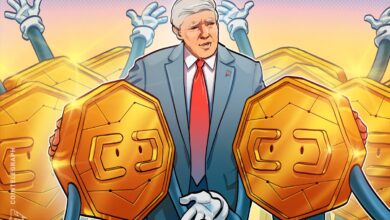CAT, MOG, SHIB Among Meme Tokens Added to Chainlink Services


Several popular memecoins were added to several Chainlink services over the weekend, allowing them to be offered on other networks or as data streaming services.
Over the past few days, Shiba Inu (SHIB) and its ecosystem tokens, Turbo (TURBO) and Apu (APU), have adopted the Chainlink Cross-Chain Token (CCT) standard to be available on 12 blockchains, which making them accessible to other networks. than where they were originally released.
On Sunday, Simon’s Cat (CAT), Coq Inu (COQ), goat (GOAT), Hamster Kombat’s HMSTR and mog coin (MOG) tokens joined a list of assets on Chainlink’s decentralized data streams.
These streams use an oracle model where market data is continuously available off-chain. Such data can be accessed and then cryptographically verified on-chain as needed.
CCTs are cross-chain assets offered and protected by Chainlink security. The lock-and-mint mechanism enables token transfers from Ethereum to other chains, while the burn-and-mint mechanism facilitates cross-chain transfers to all others network.
Offering on different networks increases visibility and distribution for a token, helping to drive investment and adoption among network users.
Chainlink’s LINK tokens surged on Monday, outpacing bitcoin’s (BTC) 2% decline over the past 24 hours.




